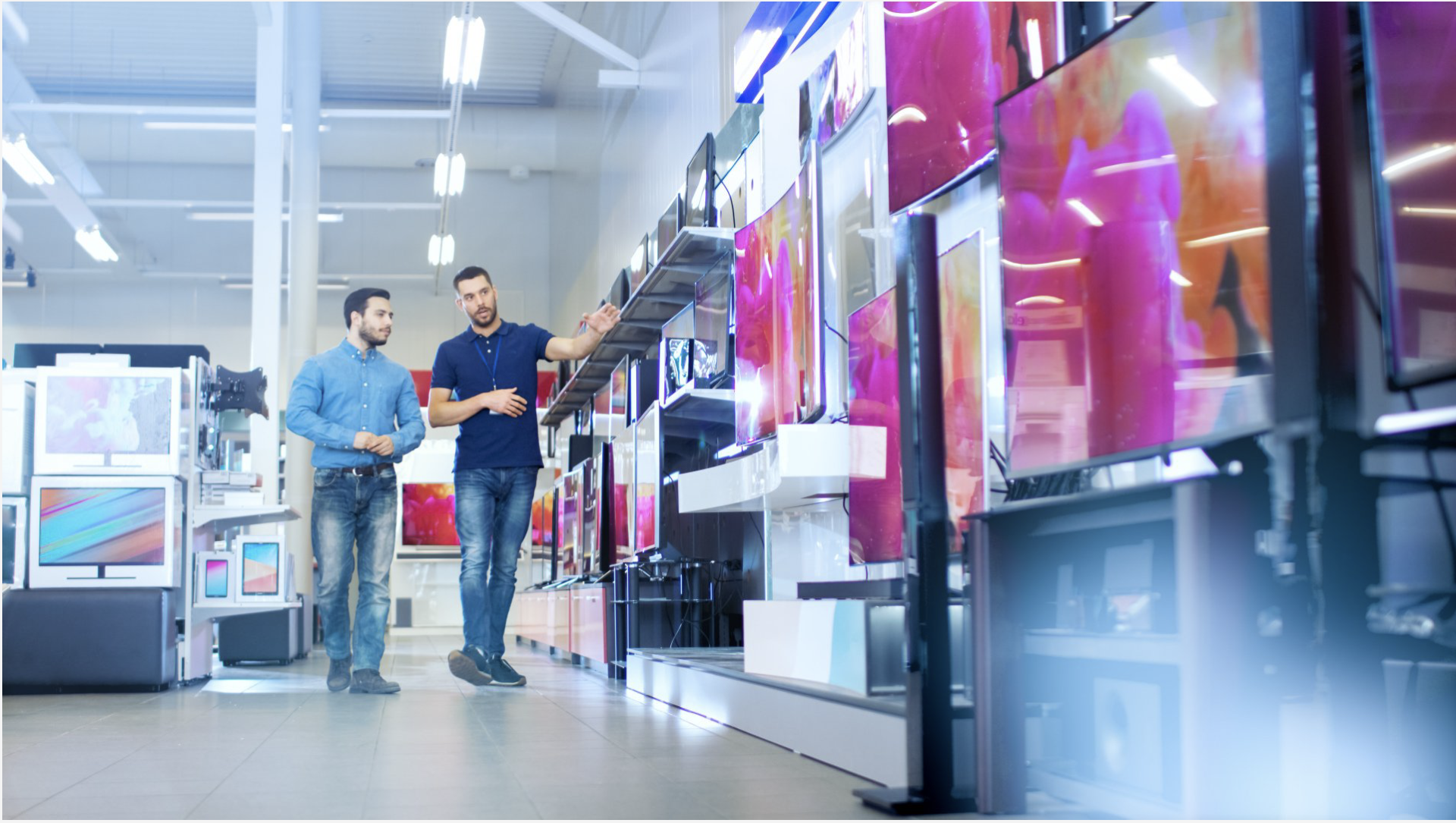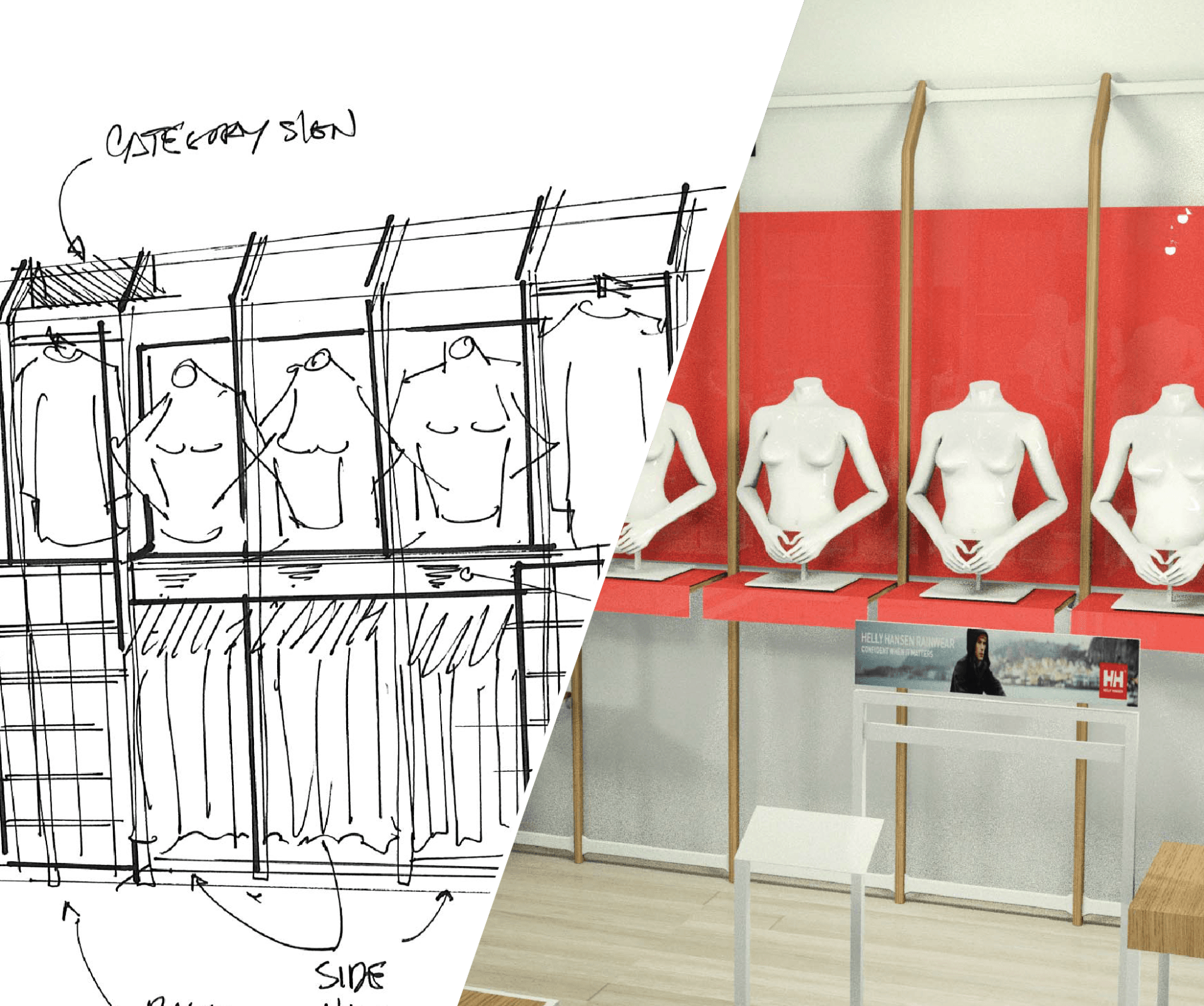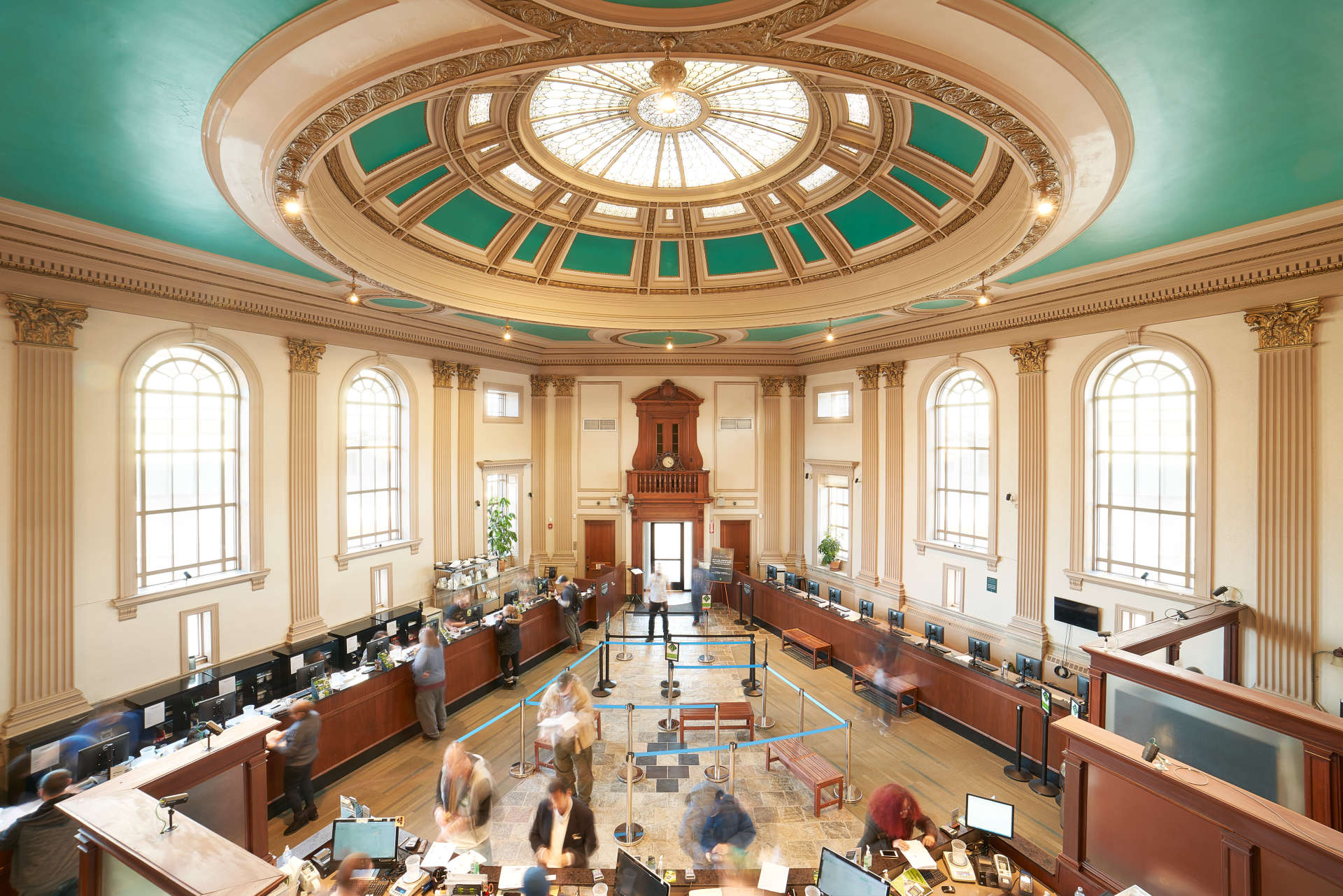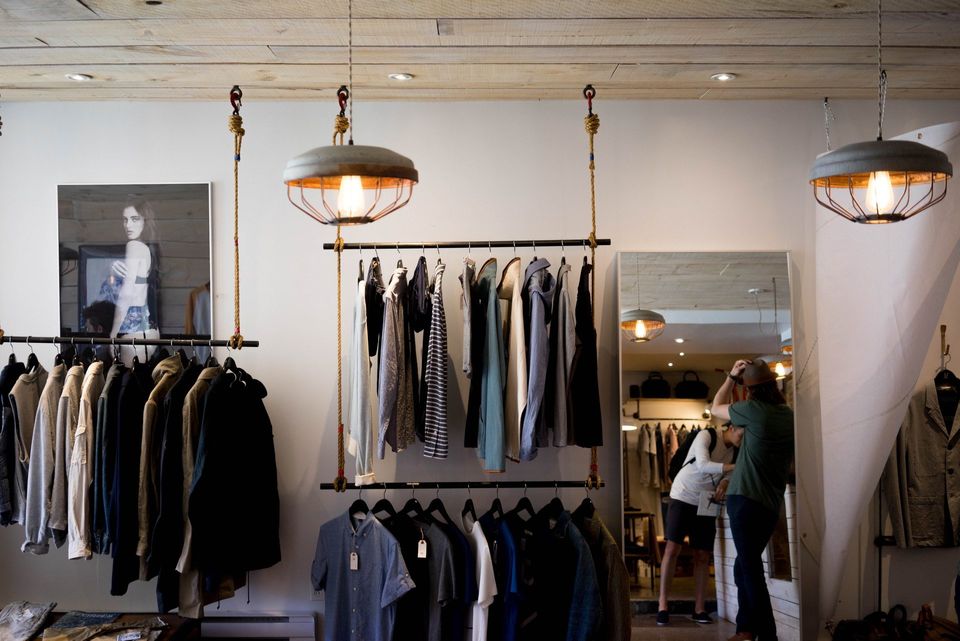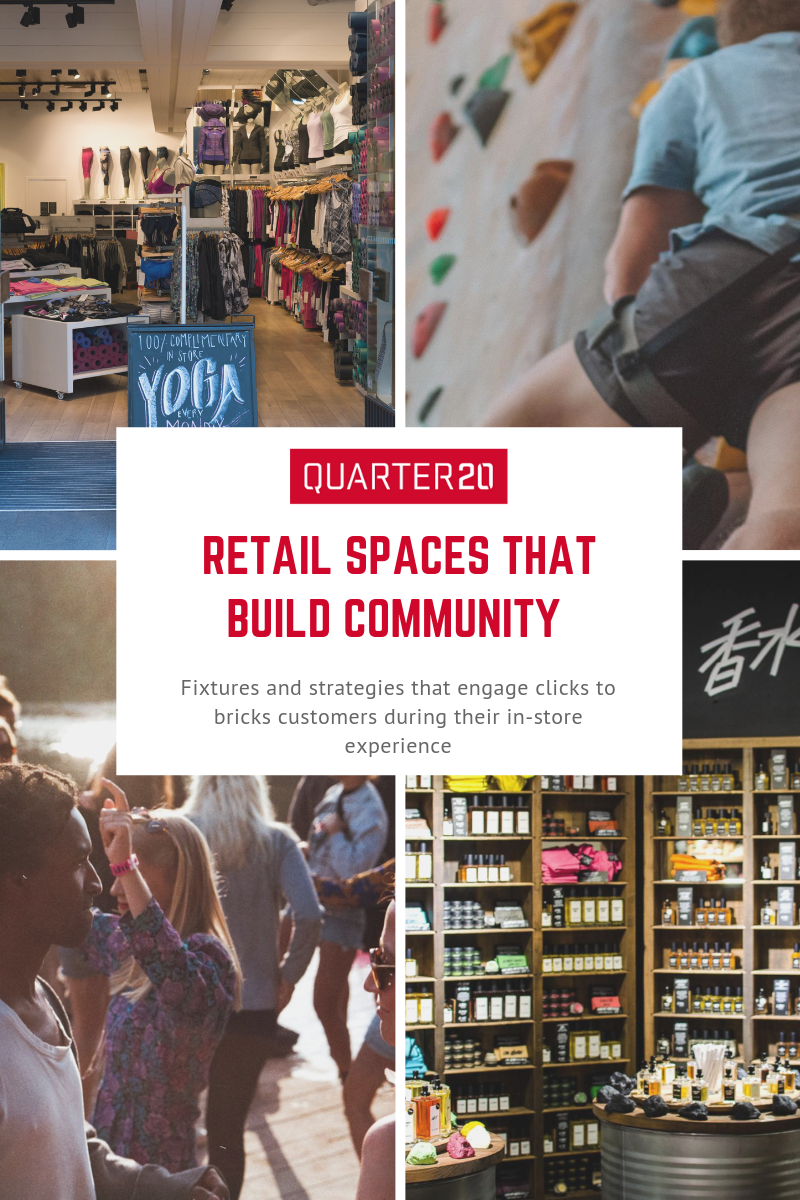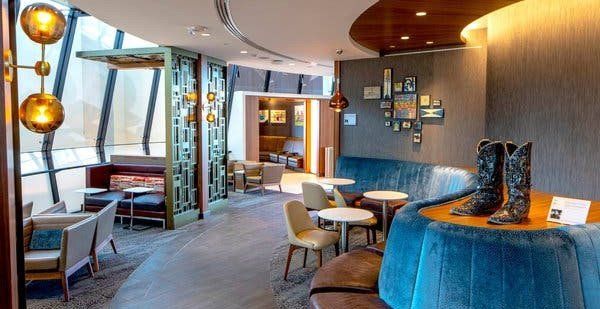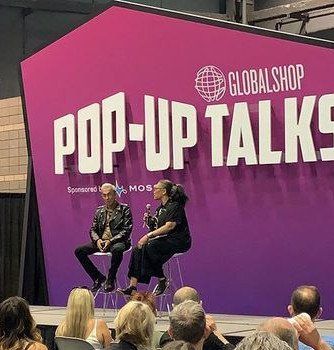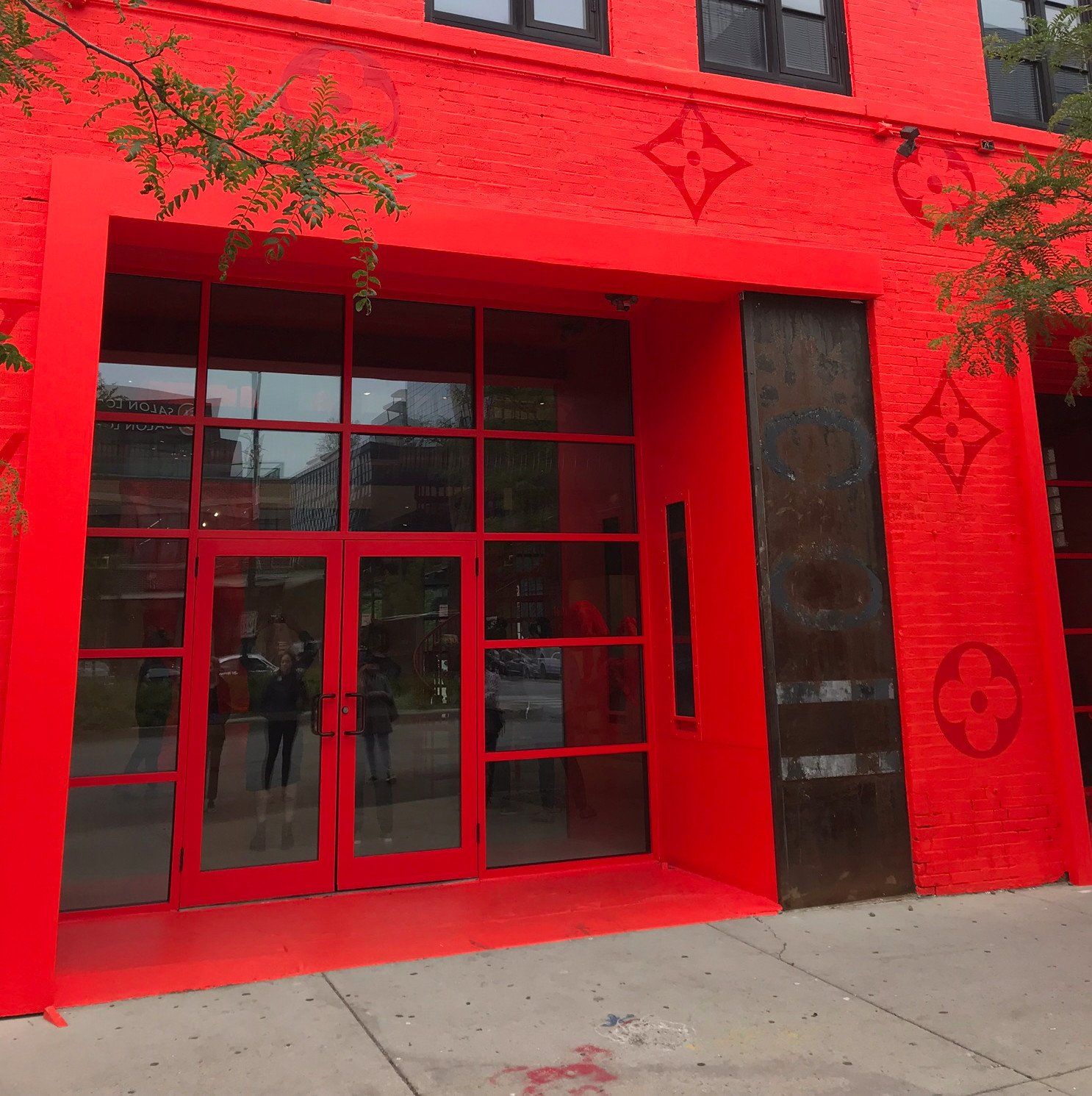Why Consumers Seek Experiential Retail Environments
Retail environments have changed rapidly over the past 10 years, and retail experiential design has taken hold as the way to remain competitive. Before launching a whole new retail experiential design for a store, it’s important to look at why consumers are motived by experiential retail. The main reasons fall into three categories: time, craving for personal touch, and valuing experiences over things.
Guarding limited time
With more work and family demands, customers have less time to shop. Millennials, who make up the largest living generation and have a lot of buying power, have also grown up with technology literally at their fingertips. They have high expectations for speed and convenience.
It’s not just about speedier transactions, though. With busy schedules, customers are drawn to stores where they can exhale and feel relief, comfort, and inspiration through experiential retail design.
Seeking more personalized experience
Some customers find that searching through endless choices online can be overwhelming. That may be one of the reasons that consumers are seeking a more personal approach – one that is more emotionally engaging and less product centric.
People continue to value great service, but even there, expectations have changed. For many products, customers begin with extensive research online, which eliminates the need for purchasing assistance in the store. Instead, consumers value personalized service.
One of the best ways to personalize an experience is to engage the senses. Customers are drawn into a retail store because they want to touch/feel, or taste something before buying, even if the experience is somewhat tangential to the purchase. That’s why grocery stores are offering wine bars and coffee tasting, and many stores offer refreshments, free samples of lotions and perfumes.
Some consumers are also going to stores to validate a product and then purchase online – but when they are in the store they want a destination as well.
Valuing experiences over things
All consumer segments report placing a higher value on experiences than things. According to recent data from Price Waterhouse Coopers, millennials planned to spend 52% of their holiday budget last year on experiences. One can imagine the trend will only accelerate as millennials develop more spending power, and as the marketplace responds to the shift in behavior.
Shopping trips are more likely to function as a social outlet with friends. Millennials in particular value authenticity and unique moments. If their retail outing includes snapchat worthy experiences and Instagram worthy backdrops, their friends will also be drawn to the location.
Stores that can capitalize on the trend towards experiential retail design will have the greatest success in the long run. To understand the best way to engage customers, look at how customer behaviors have changed, and what has caused the global shift in shopping habits. At Quarter20, we are uniquely positioned to help retail experiential design efforts. As retail designers, fixture creators, and fixture providers for major brands to funded startups, we have had the pleasure of developing a long list of experiential retail environments. Let us help you get inside the mind of your retail customer! Contact us today.
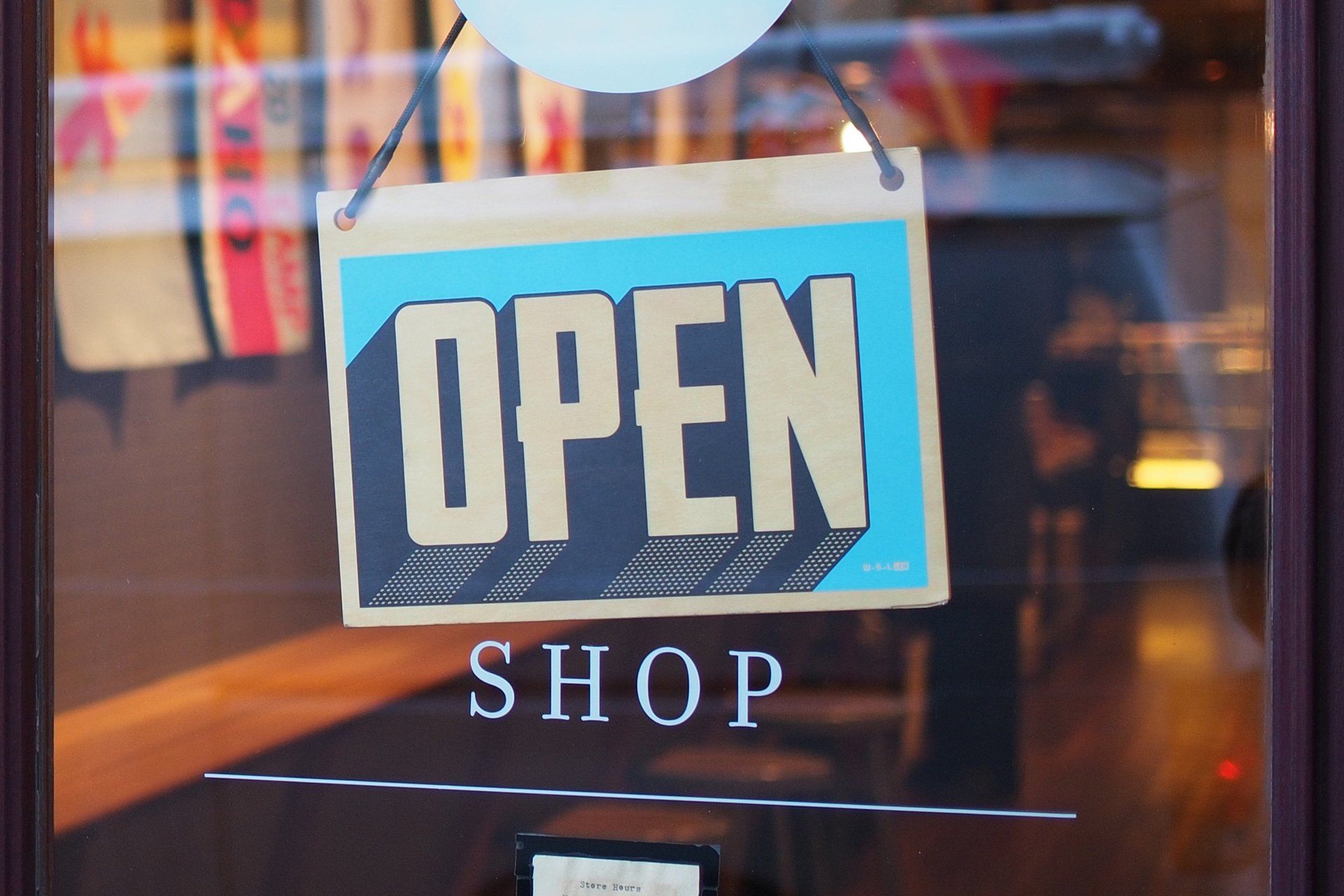
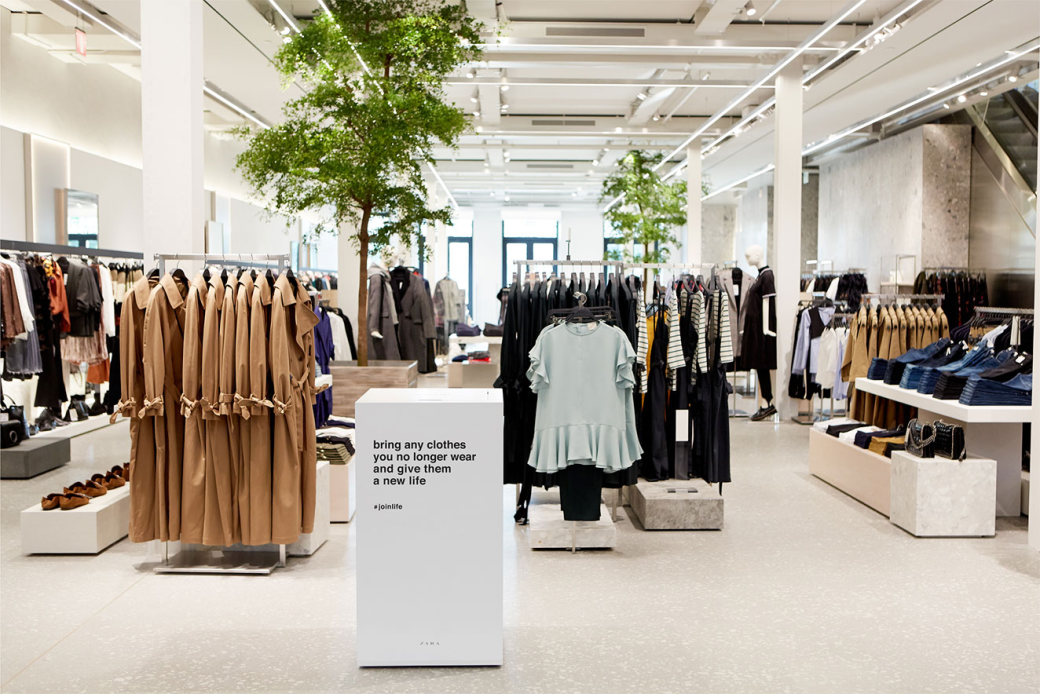
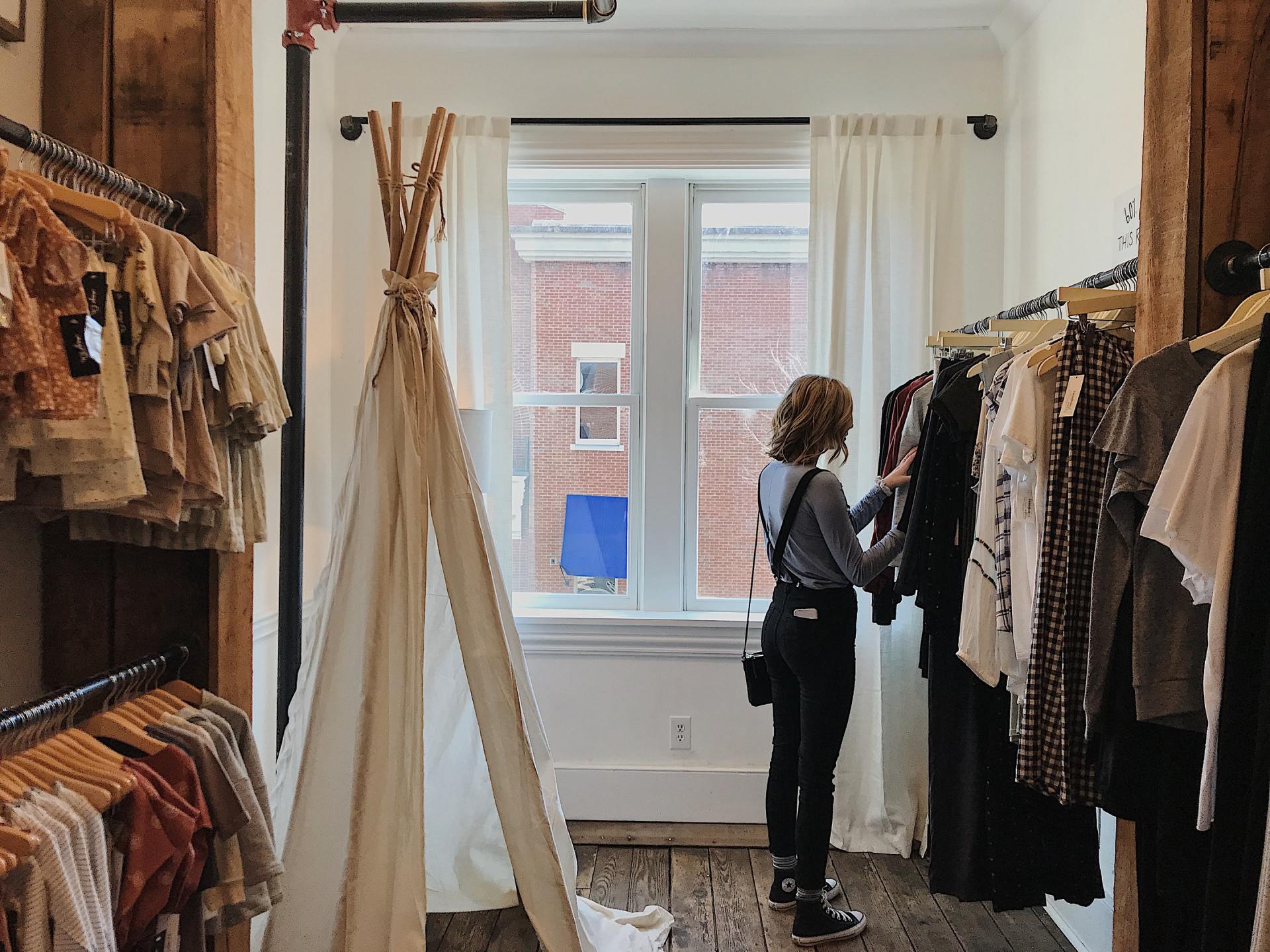
The Case For Convenience. How These Retailers Built Convenience Directly Into Their Brand Experience
